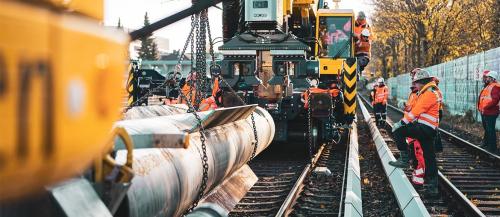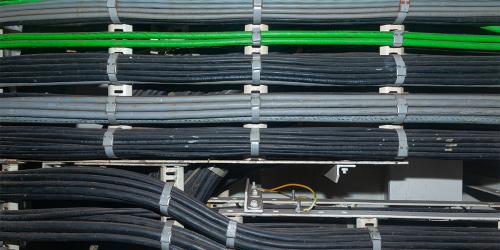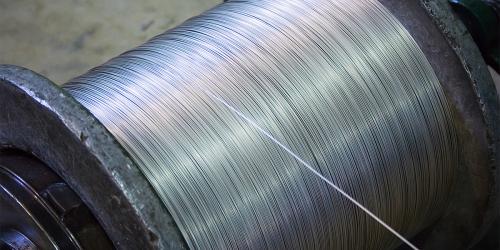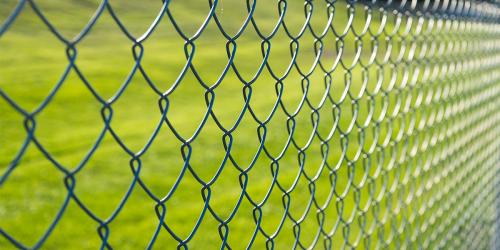When it comes to choosing the right grade of stainless steel for your project, it's important to understand the differences between various grades. Two of the most commonly used grades are 304 and 316, but how do they compare? In this blog post, we’re going to break down everything you need to know, as after all, we are stainless steel experts!
Chemical Composition
Grade 304 stainless steel is made up of 18-20% chromium and 8-10.5% nickel, while grade 316 stainless steel contains 16% chromium, 10% nickel, and an added element of 2-3% molybdenum. This addition of molybdenum gives grade 316 superior corrosion resistance compared to grade 304, especially in chloride and saline environments.
Applications
Both grades of stainless steel are versatile and can be used for a wide range of purposes. Grade 304 is commonly used in the manufacturing of kitchen equipment, food processing equipment, and chemical processing equipment due to its resistance to many chemicals and acidic substances. It is also a popular choice for architectural applications, such as handrails and balustrades, because of its attractive appearance and durability.
Grade 316 stainless steel, on the other hand, is often used in marine environments, as well as in the manufacturing of medical equipment and pharmaceuticals. Its superior corrosion resistance makes it ideal for use in harsh environments where other types of stainless steel may not suffice.
Corrosion Resistance
One of the key differences between grade 304 and 316 stainless steel is their corrosion resistance. Grade 316 is known for its superior resistance to pitting and crevice corrosion, particularly in chloride environments such as those found in coastal regions or areas with high levels of salt. This is due to the addition of molybdenum, which provides an extra layer of protection against corrosion.
Whilst grade 304 stainless steel is also resistant to corrosion, it is not as effective in harsh environments as grade 316. Therefore, if your project is exposed to corrosive or saline substances, grade 316 stainless steel is likely the better choice.
Cost
Cost is another factor to consider when choosing between the two grades. Generally, grade 304 stainless steel is less expensive than grade 316, making it a popular choice for those who need a strong and durable material at a more affordable price.
Appearance
If the appearance of the material is important to your application, grade 316 stainless steel has a higher level of polish and shine compared to grade 304. This is due to the addition of molybdenum, which as well as superior corrosion resistance gives grade 316 an enhanced appearance.
Choosing the Right Grade of Stainless Steel
When it comes to choosing the right grade of stainless steel for your project, it's important to consider the requirements of your project and the environment in which the material will be used. If your application will be exposed to harsh environments or corrosive substances, grade 316 stainless steel is likely the better choice. However, if cost is a concern grade 304 stainless steel may be a better option.
At BS Fixings, we stock a wide range of stainless steel products in both grade 304 and grade 316. if you are still struggling to decide which grade to choose, for many projects these grades are interchangeable as they both offer similar characteristics, however, you can contact us for help with choosing the right material, so don't hesitate to ask for advice and assistance.






